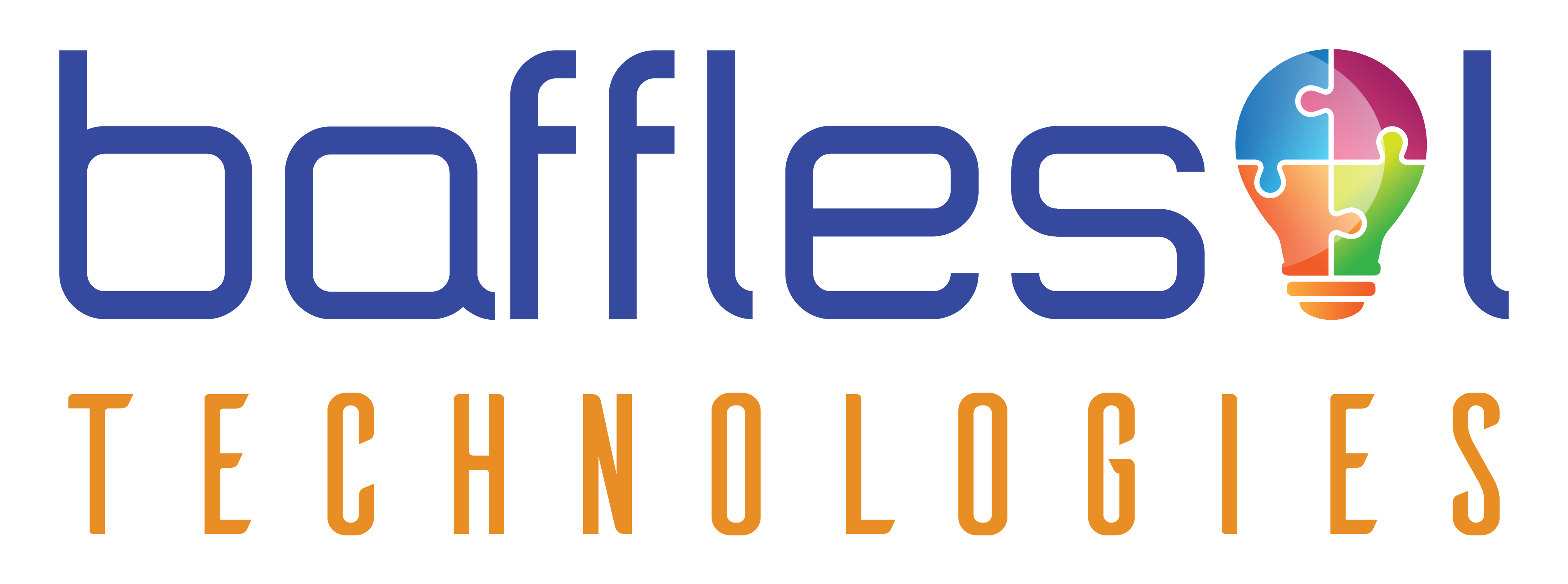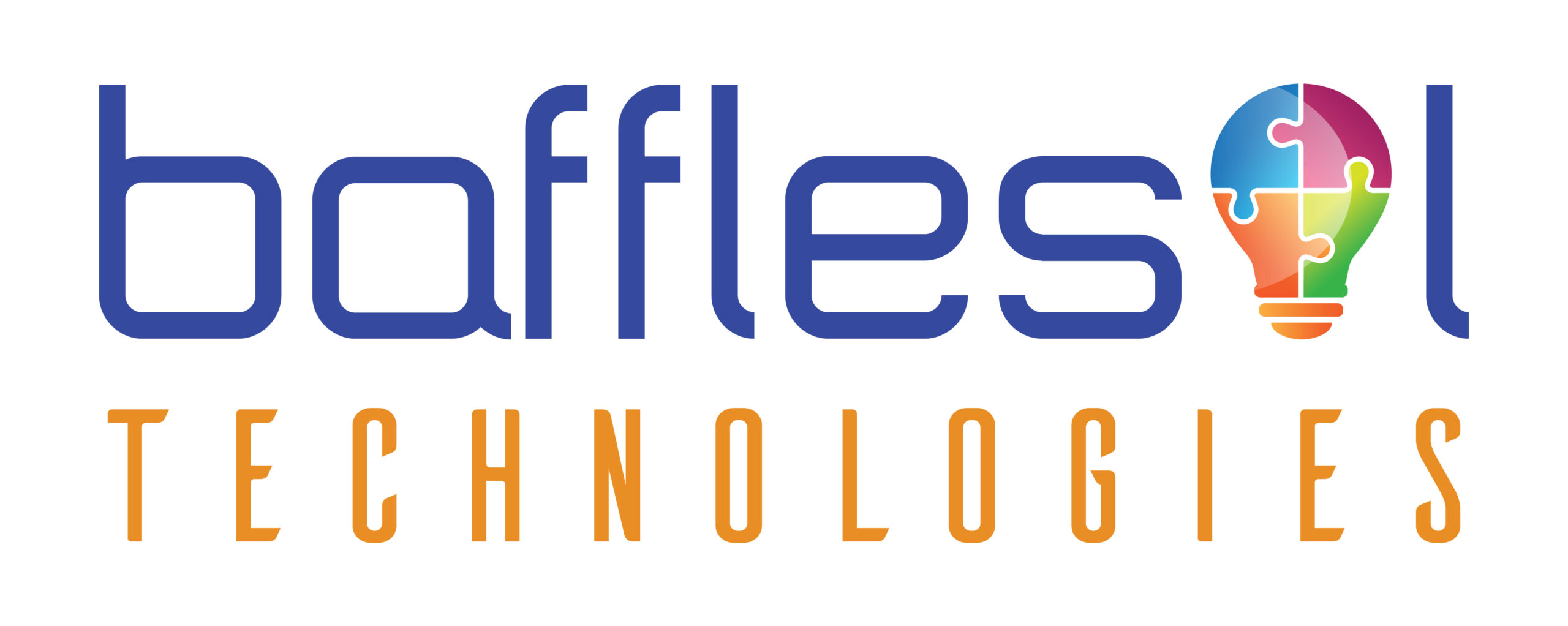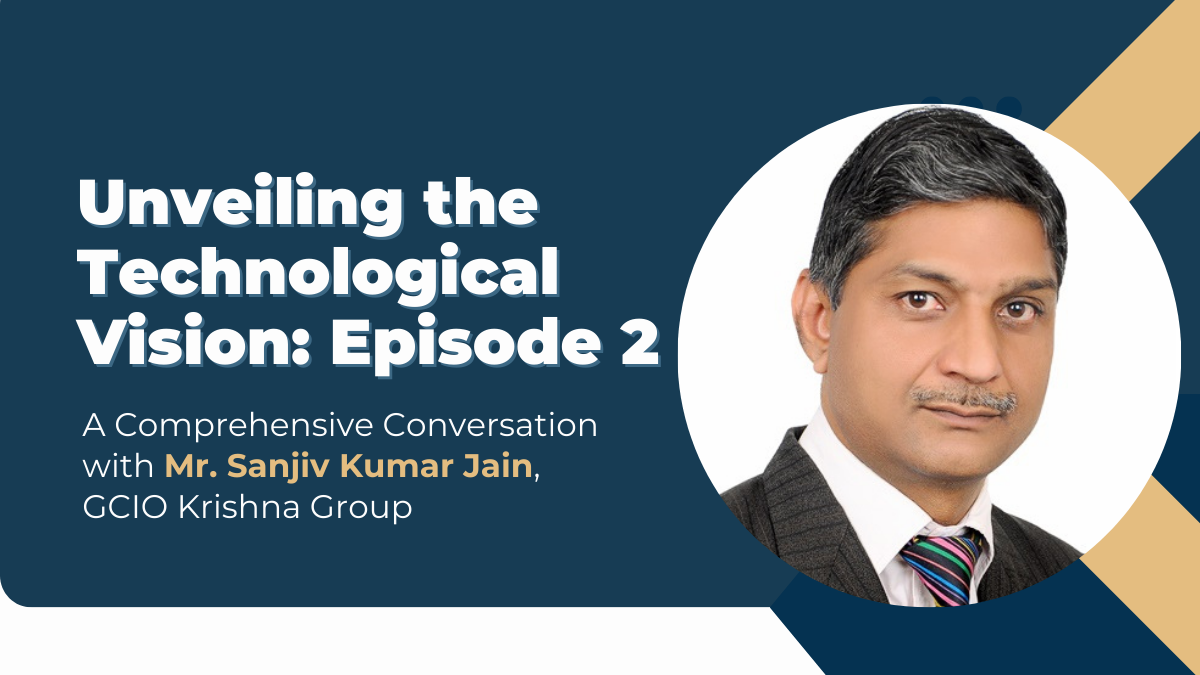Mr. Sanjiv Kumar Jain, the Group Chief Information Officer (GCIO) at Krishna Group. With over three decades of experience in the IT domain, Sanjiv has been a driving force in shaping the technological landscape through his extensive expertise in IT strategy formulation, digital transformation, and operational process automation.
Sanjiv has been at the forefront of managing diverse facets of digitalization and digitization. His expertise extends to IT infrastructure, ERP implementation, IT security, and Industry 4.0 implementations, showcasing a versatile skill set that encompasses both the Information Technology and OT (Operational Technology) realms.
Sanjiv has spearheaded transformative initiatives, implementing traceability of parts, online dashboards for machine productivity, supply chain automation, and financial MIS dashboards with live integration. Notably, he has successfully implemented end-to-end ERP systems (SAP & Oracle), managing support and end-user training with finesse.
Sanjiv Kumar Jain’s leadership is marked by insightful knowledge of business process analysis, design, and re-engineering, coupled with a keen focus on cost control. His strategic direction has enabled organizations to adapt and thrive in a rapidly evolving technological landscape.
Innovations in Technology to Address Challenges Faced As CXO
In this insightful interview, Mr. Jain addresses the challenges faced as a CXO in the post-pandemic business environment. He sheds light on two critical issues: the rapid pace of digitalization leading to security risks and the ongoing challenge of sourcing quality manpower to match the project demands.
To overcome these challenges, Mr. Jain expresses optimism about the transformative power of AI and ML technologies. While acknowledging the potential for automation in certain activities, he underscores that experienced manpower will always be crucial, complementing the advancements in technology to navigate the complexities effectively.
“While AI and ML show promise in automating tasks, the human effort remains irreplaceable.” – Mr. Jain added.
To remain ahead of the curve in a swiftly evolving technological landscape, Mr. Jain outlines his proactive approach. This involves active engagement with technology vendors, utilizing online resources, fostering knowledge exchange with industry peers, and staying updated on the latest developments through seminars. Through this, Jain establishes himself as a perpetual learner, always at the forefront of emerging trends.
Vision for Digital Transformation and Key Performance Indicators (KPIs)
Delving into the vision for digital transformation, Mr. Jain provides insight into the current focus on Operational Technology (OT) automation. This strategic emphasis aims to afford the organization control over operations by enhancing Overall Equipment Effectiveness (OEE), implementing predictive maintenance for machine availability, and offering real-time Dashboards for informed and timely management decisions.
In terms of measuring success in digital transformation, Mr. Jain emphasizes the importance of achieving operational control through OT automation. Success indicators include ensuring machine availability and facilitating management reviews through dynamic Dashboards.
“Our vision revolves around operational technology automation, empowering us with real-time metrics like OEE and predictive maintenance.” – Mr. Jain mentioned.
In discussing their operational approach, Mr. Jain elucidates a method that prioritizes understanding stakeholders’ pain points, initiating successful pilot projects, and then horizontally deploying solutions through comprehensive training and continuous Return on Investment (ROI) monitoring.
These projects are controlled environments where proposed solutions are tested, refined, and optimized. The emphasis here is on ensuring not only the functionality and efficiency of the proposed solutions but also their adaptability to real-world scenarios. This hands-on approach allows us to identify potential challenges, gather valuable feedback, and make necessary adjustments before scaling up.
Once a pilot project demonstrates unequivocal success, the next phase involves horizontally deploying solutions across relevant areas of the organization. This horizontal deployment is characterized by a systematic and phased implementation that minimizes disruptions while maximizing the positive impact on operations.
“We adopt a hands-on approach by addressing stakeholder pain points. Starting with pilot projects, we ensure success before horizontally deploying solutions. Training and monitoring return on investment (ROI) is integral to our implementation strategy.” – Mr Jain added
Future Landscape: Strategies and Approaches in Technology Leadership
Over the next two years, the landscape of the industry is expected to undergo transformative changes as cutting-edge technologies continue to evolve and gain widespread adoption. Mr. Jain’s visionary perspective reflects a keen awareness of the impact, the technologies such as AI, ML, RPA, Cloud, Blockchain, IoT, Digital Currency, and ERPs are poised to have on businesses and operations.
Mr. Jain’s emphasis on increased deployment not only highlights the adoption of these technologies but also underscores a maturation in their implementation. As businesses gain more experience with these technologies, they are likely to achieve better results and a higher return on investment. This evolution reflects a broader trend of technology becoming not just a tool but a strategic enabler for organizations to innovate, adapt, and thrive in an ever-changing business landscape.
Delving deeper into the dynamics of engaging technology vendors, Sanjiv Kumar Jain sheds light on the critical considerations, underlining the significance of a robust vendor roadmap and proven expertise with successful deployments. The conversation touches on the collaborative nature of these engagements, fostering a relationship that goes beyond transactional interactions.
“When engaging with technology vendors, a clear roadmap and proven expertise are non-negotiable.” – Mr Jain added.
Evaluating the Need for a New ERP/CRM and Addressing the Challenging Area
In the strategic discourse, Mr. Sanjiv Kumar Jain delves deeper into the decision-making process for adopting new ERP/CRM systems, emphasizing the need for a thorough evaluation of the organization’s current challenges and identifying the most pressing areas requiring improvement. The conversation centers around aligning technology solutions with organizational needs, optimizing commercial and operational processes, and ensuring seamless integration for enhanced overall efficiency.
“The decision for a new ERP/CRM is driven by organizational needs, particularly in automating commercial and operational processes. It’s about saving time, focusing on core areas, and ensuring seamless integration with our overarching goals.” – he highlighted.
Mr. Jain highlights the interdependence of all functions in a large-scale organization. The discussion navigates through the complexities of finance, taxation, project accounting, trade and logistics, supply chain management, and human resource management, showcasing the interconnected nature of these critical areas, with each function relying on the others for inputs and services. Finance relies on accurate data from project accounting, trade, and logistics depend on supply chain management, and human resource management requires seamless integration with various functions for effective employee management.



